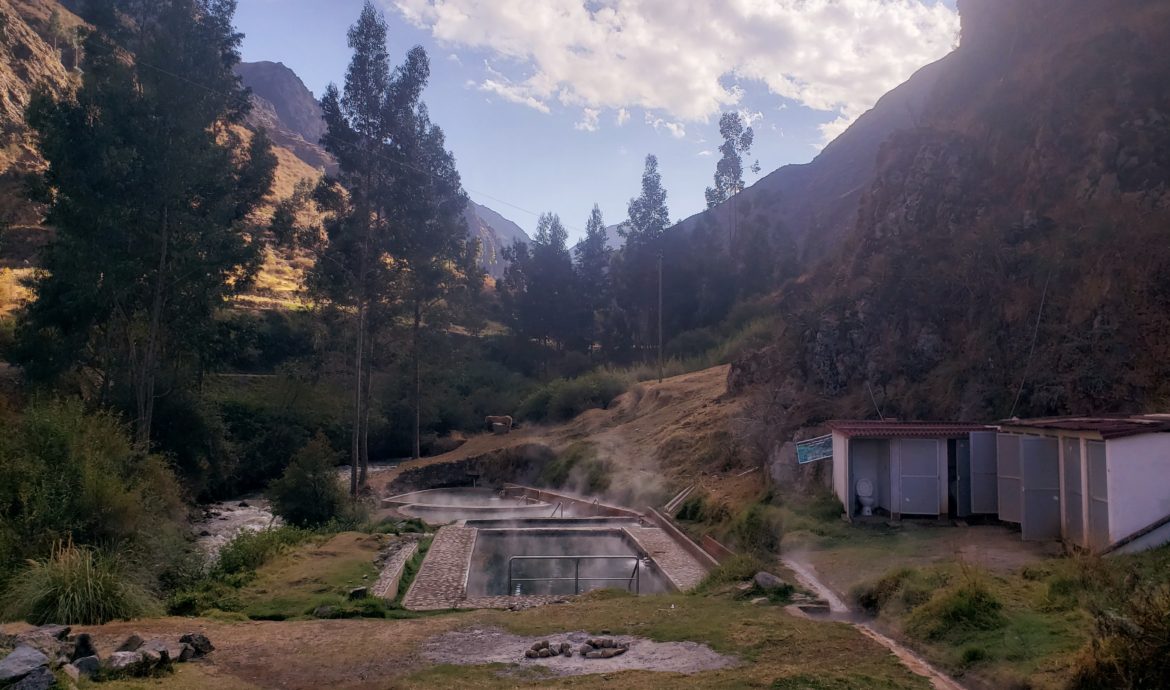
Las termales presidenciales
PerúDawn accentuated the steam from the thermal pools as I peeked out of my tent. I could almost feel the warmth of the pools in the chilly morning air, even though I was twenty meters up the hill. I knew I should pack up my campsite and get going, since I had another high mountain pass to tackle today, but I couldn’t resist the invitation of the termales.
I waded into the pool, accompanied only by one limeño couple at this early hour. They had driven an hour this morning on a windy, bumpy dirt road to get here, from the tourist town of Churín.
“Terrible,” he said. “Si es pavimento, quince minutos.” I smiled. The bumpy dirt road made this a perfect destination on my bicycle.
“¿Sabes la historia de las termales?” he said.
I didn’t realize there was a story, although I had been impressed with the extent of this construction, located in a lush canyon in the middle of nowhere. A system of stone canals channeled water into outdoor pools and indoor spas, each with a different temperature, controlled by the irrigation system. The ornate stonework of the baths and buildings seemed like something the Incas would have produced — far nicer than most other architecture in the mountains of Perú, despite being so remote. Soaking in the steamy water had been a gift at the end of a long bike day, and when they told me I could camp on the adjacent lawn, I didn’t hesitate.
“Fueron las termales privadas de Fujimori,” the limeño continued. He explained that Alberto Fujimori, the dictatorial president of Perú from 1990 to 2000, had constructed these hot springs as his private retreat. Back then, not even a bumpy dirt road existed. Fujimori visited the termales in his private helicopter. The funding for their construction had come from the state, through corrupt channels, he told me.
Unfortunately, the construction of a personal spa didn’t come close to the worst of Fujimori’s misdeeds. Fujimori fled the country while still president in 2000, resigning by fax from Japan. Arrested and extradited from Chile in 2005, he has been in prison since, convicted on a host of charges ranging from embezzlement to homicide. Much of the criminal activity related to his role fighting the Sendero Luminoso, the guerilla insurgency that terrorized the country in the 1980s and 1990s. Fujimori presided over military death squads that indiscriminately murdered villagers and terrorist suspects alike. He ordered the kidnapping of journalists in Lima. And he embezzled government funds to give his intelligence commissioner an under-the-table $15 million payday, among other money laundering charges. Much of this, he achieved without supervision, by suspending the authority of parliament and the courts, in what historians describe as a “self-coup” — converting his democratic mandate into an authoritarian regime.
Fujimori isn’t the only Peruvian politician behind bars, either. In fact, every living former president of Perú is a convicted or wanted criminal. Francisco Morales Bermúdez, a US-supported military dictator from 1975-1980, is serving a life sentence in Italy for kidnapping left-wing Italian dissidents. Alan García, president twice from 1985-1990 and 2006-2011, committed suicide in May of this year when police arrived at his house to arrest him on charges of receiving kickbacks from the notorious Brazilian construction company, Odebrecht. The Odebrecht scandal, known as Operation Car Wash, encompassed government officials across Latin America, bribed in exchange for awarding major infrastructure contracts.
Operation Car Wash ensnared all of the presidents Perú elected during the 21st century. Alejandro Toledo, who governed from 2001 to 2005, is currently in exile in California, under extradition proceedings. Ollanto Humala, president from 2011 to 2016, is in jail awaiting trial along with his wife.
Pedro Pablo Kuczynski (“PPK”), elected in 2016, resigned in 2018 after the strangest sequence of events yet. The opposition-controlled parliament put PPK up to an impeachment trial relating to Odebrecht kickbacks he’d allegedly recieved while he held a lower office. Days before the impeachment vote, PPK shocked the country by giving a presidential pardon to the incarcerated Alberto Fujimori. Purportedly, PPK had obtained several votes of confidence from the opposition party, still loyal Fujimoristas, in exchange for the pardon — he used bribery to absolve his accusations of receiving bribery. The courts later sent Fujimori back to jail, and PPK is now under house arrest.
Even the loser of the 2016 election, Keiko Fujimori, Alberto’s daughter and leader of the opposition party, is currently under house arrest related to Odebrecht charges.
I asked the limeño what he thought about the corruption that has plagued Perú’s politics.
“Es como el gobierno funciona,” the limeño said with a shrug. He said that some argue that corruption is so embedded in the system, progress is impossible to achieve without it. He didn’t appear to be bothered, content to be soaking in the termales on his weekend escape from the chaos of Lima.
As the sun peeked over the canyon walls, I couldn’t help but appreciate this unexpected slice of warmth and luxury in the middle of the Andes, so far from political mayhem of any kind. Even though, I realized, I was still bathing in product of political corruption.
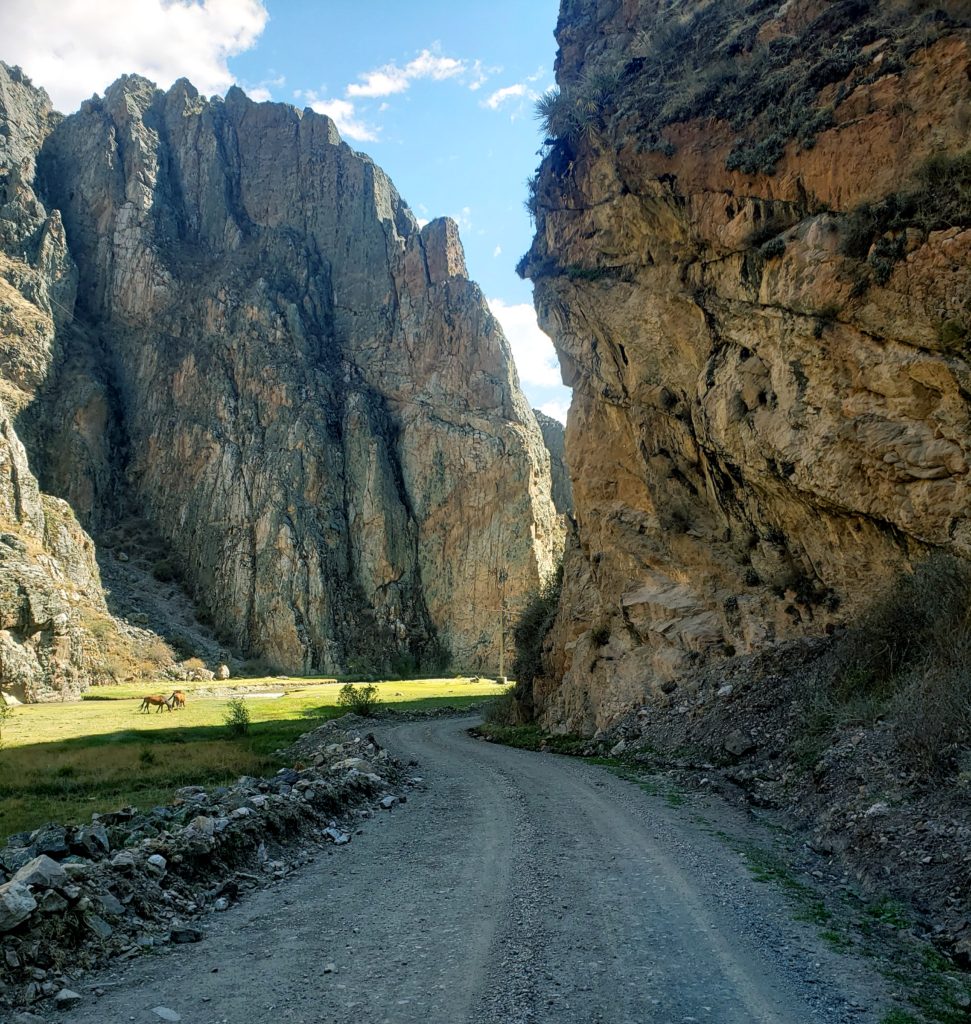
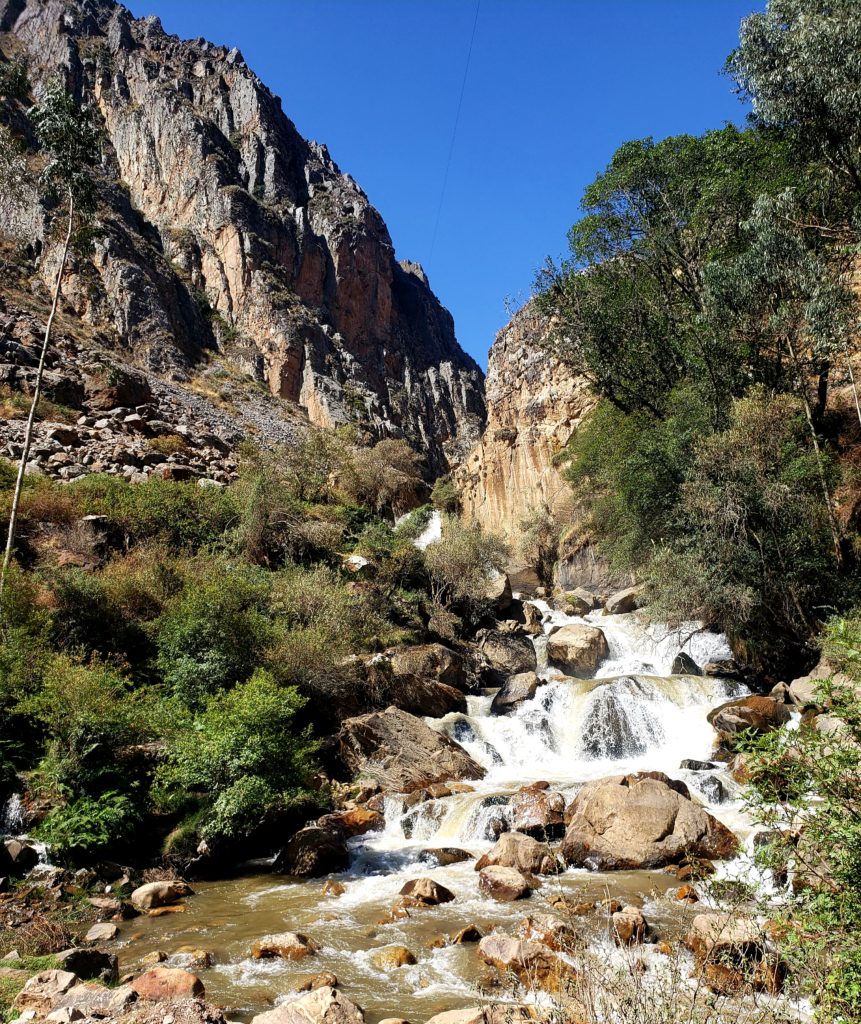
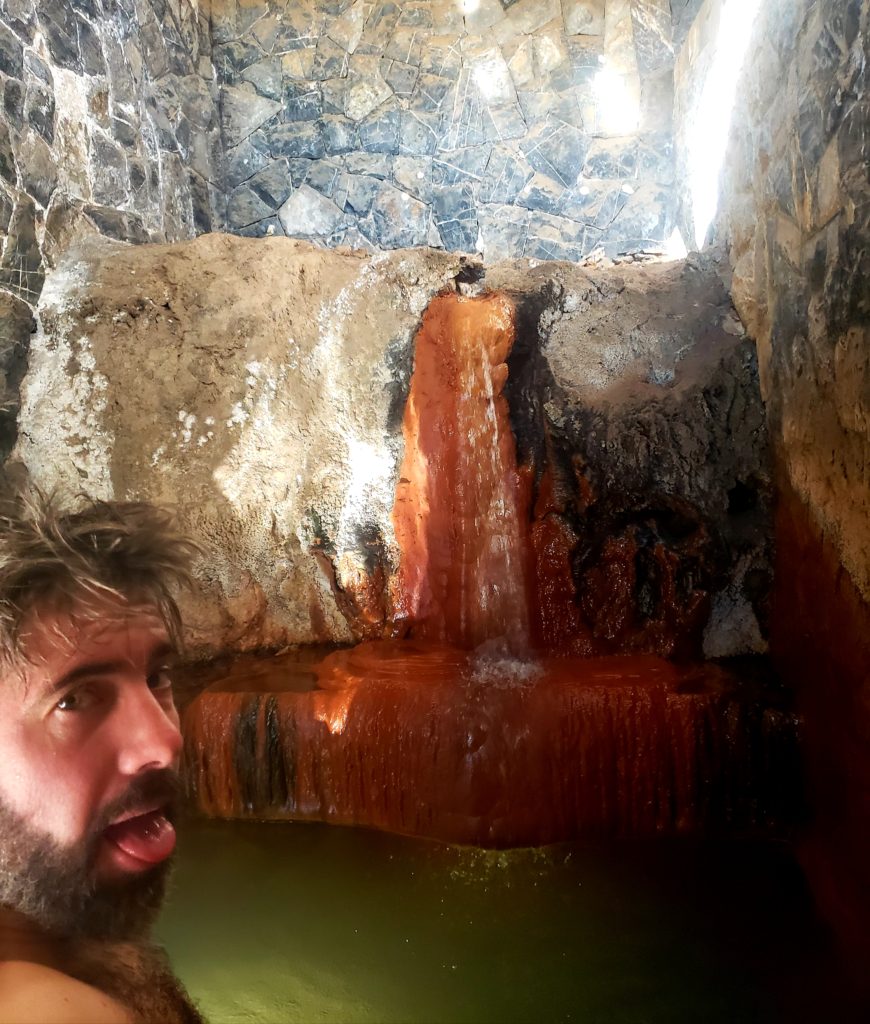

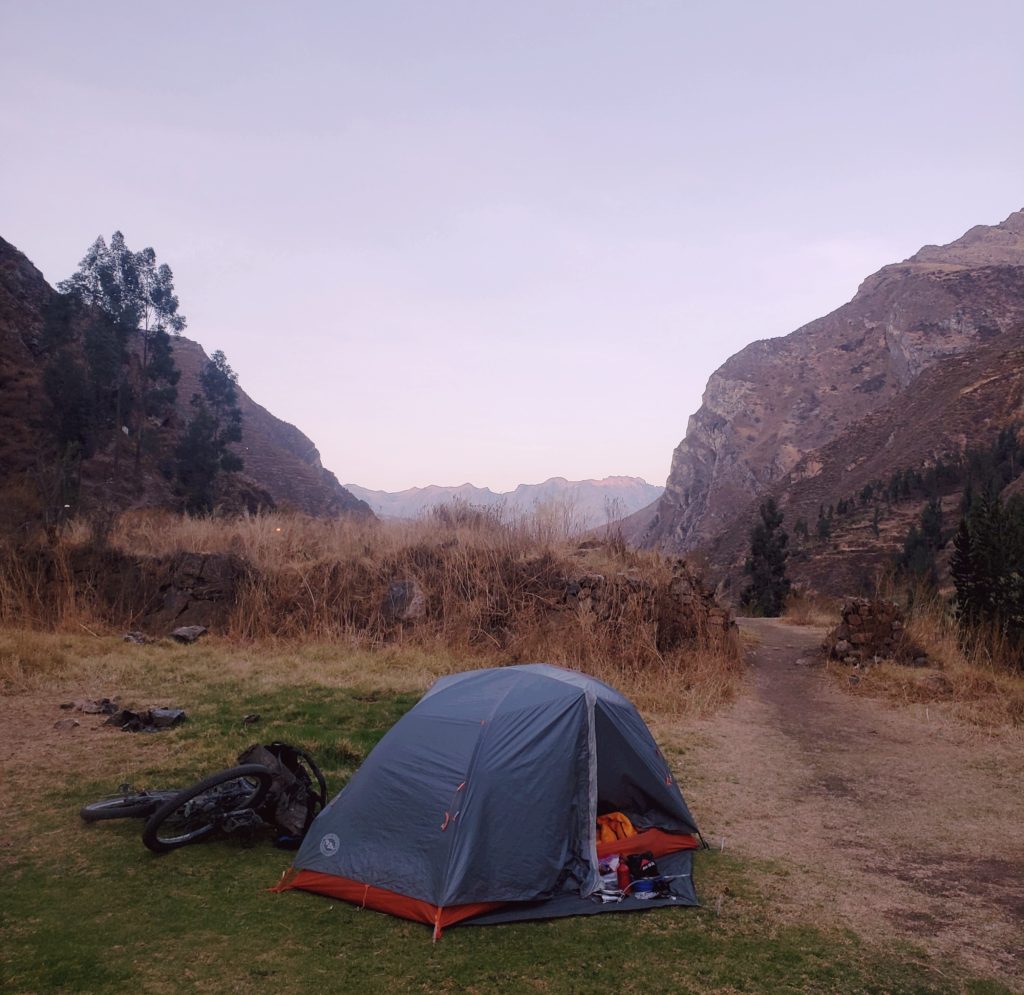
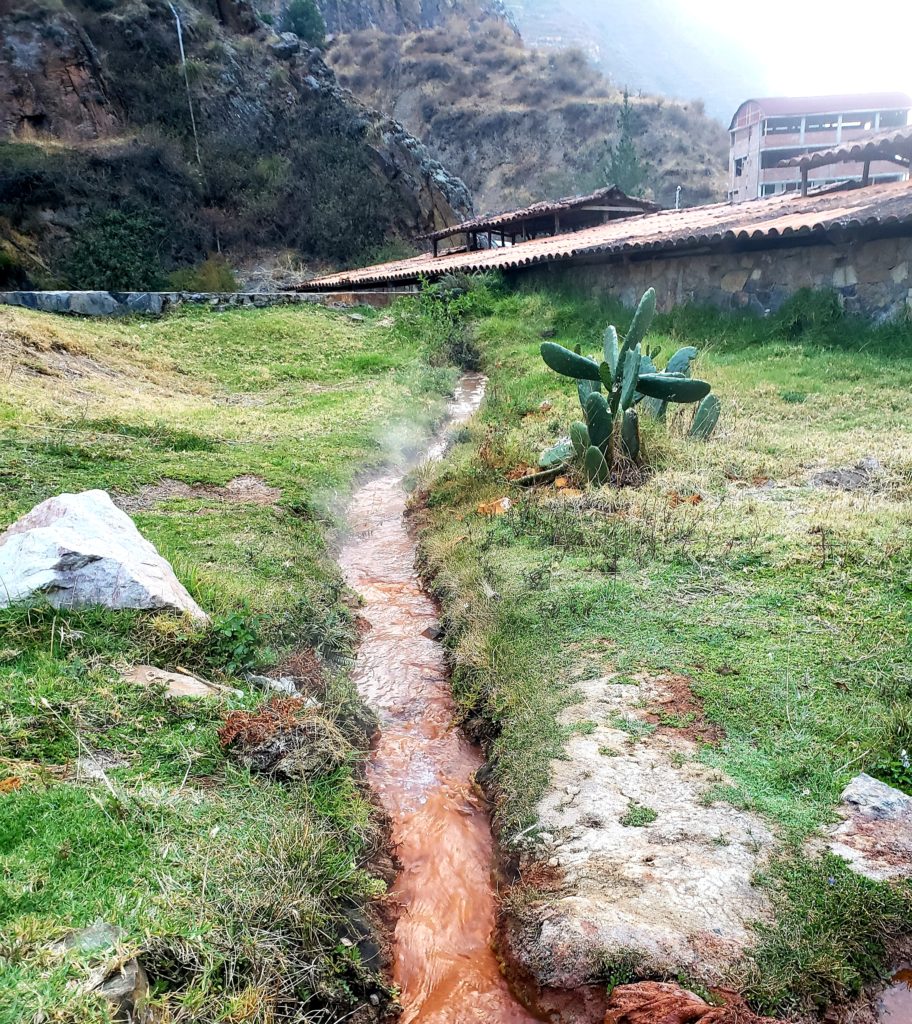
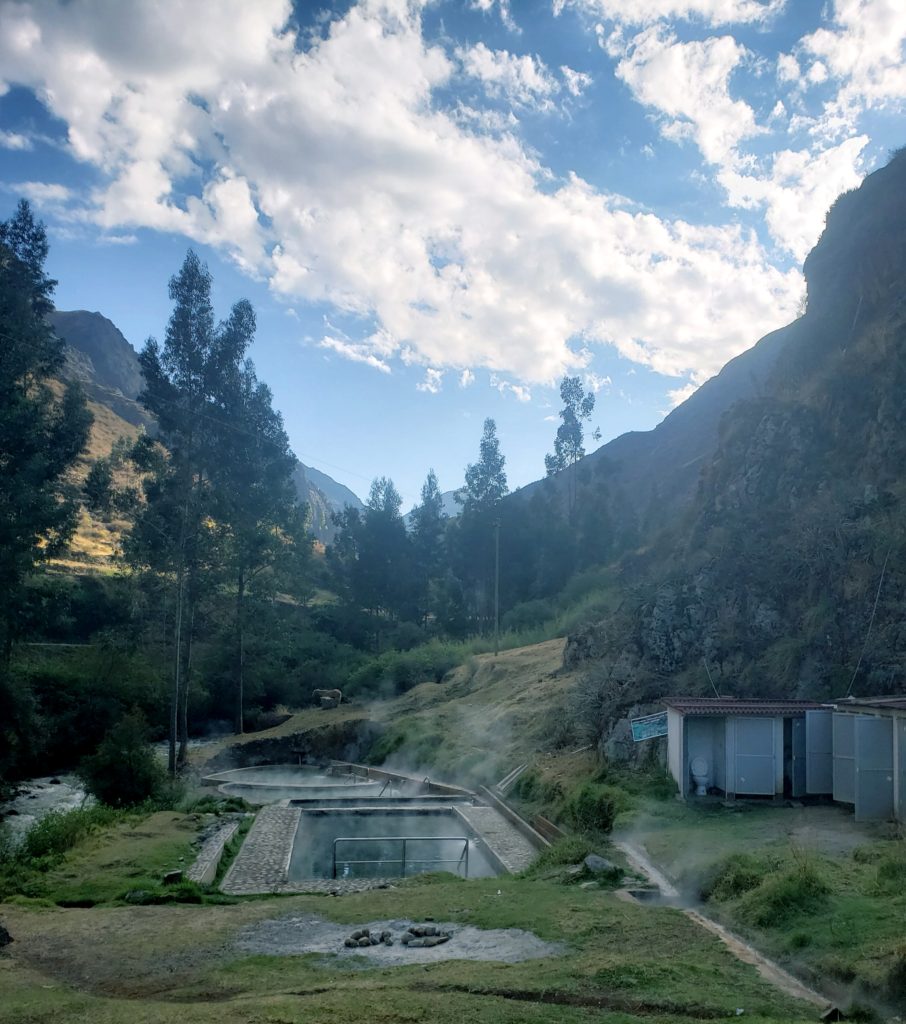
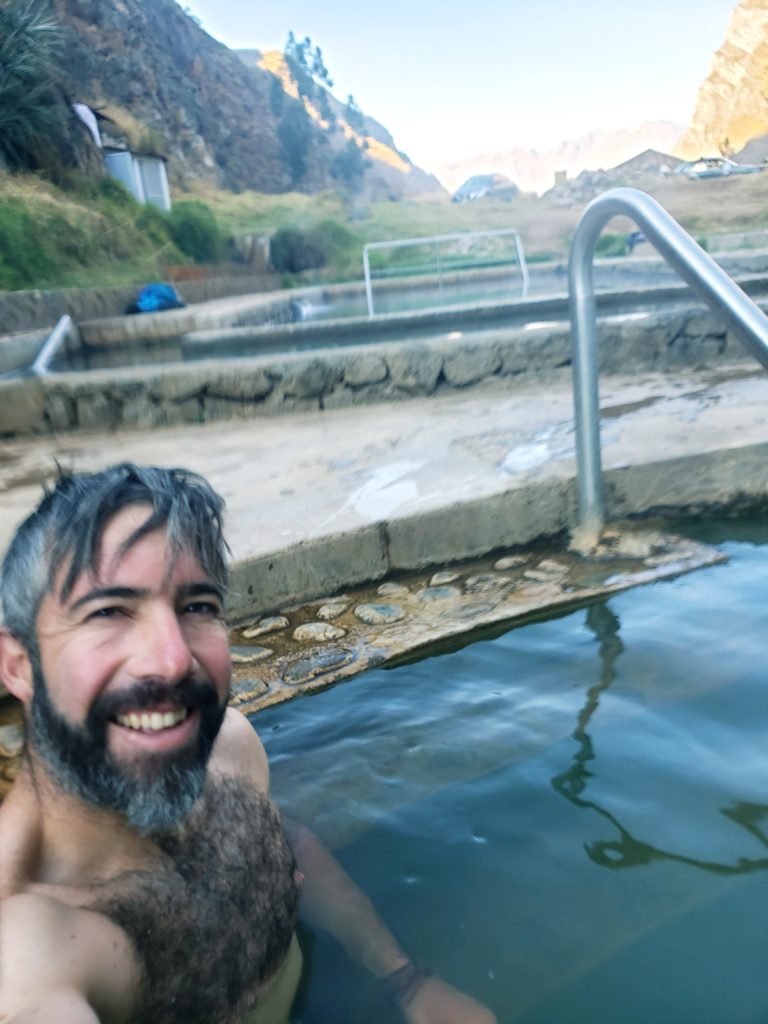
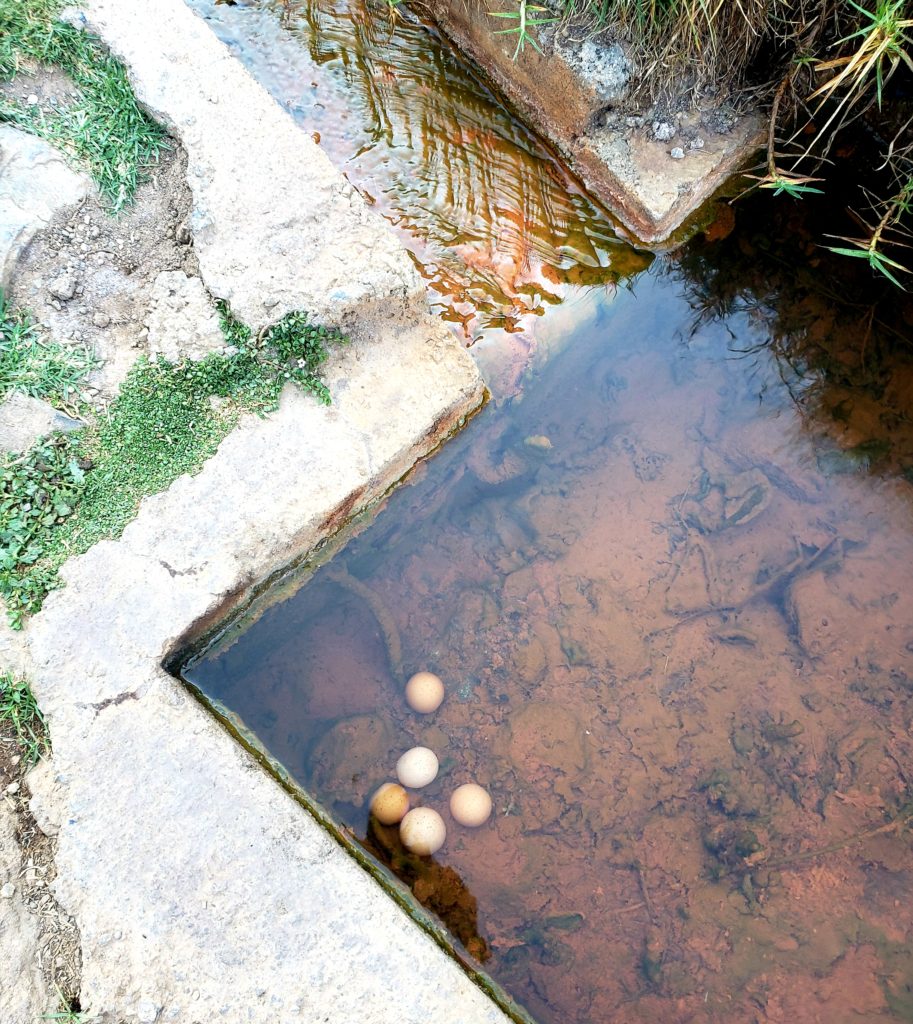

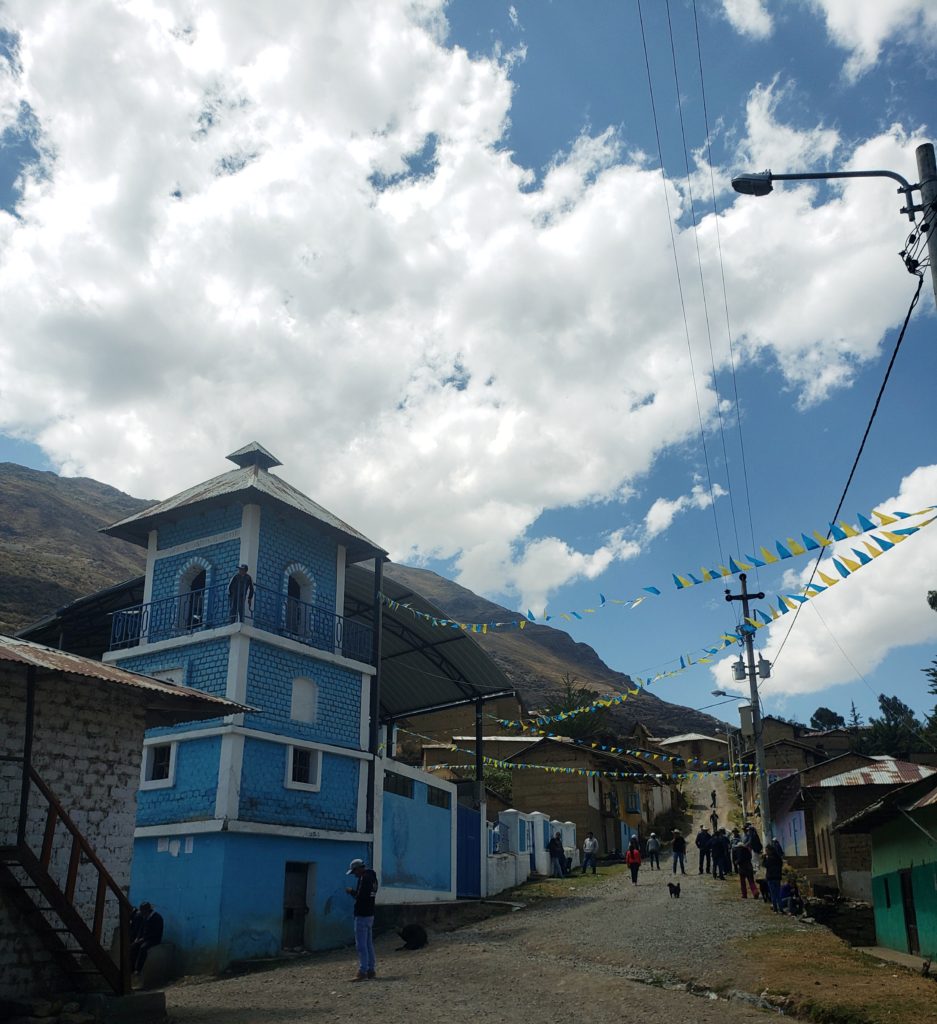
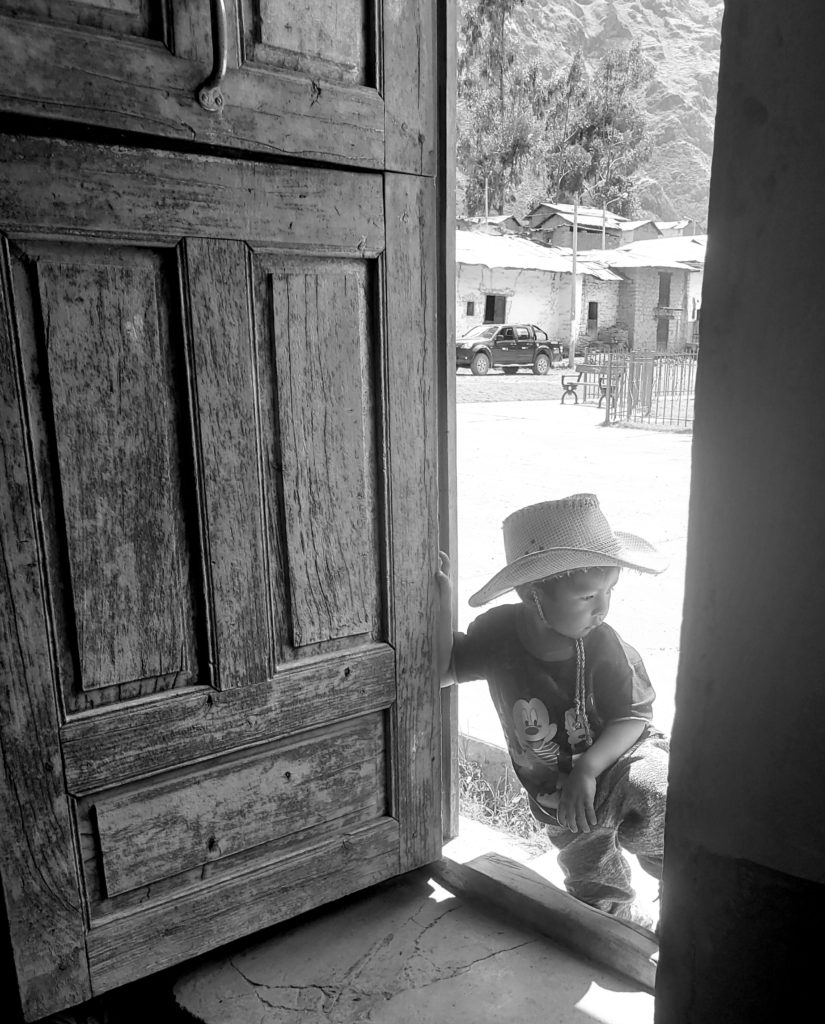
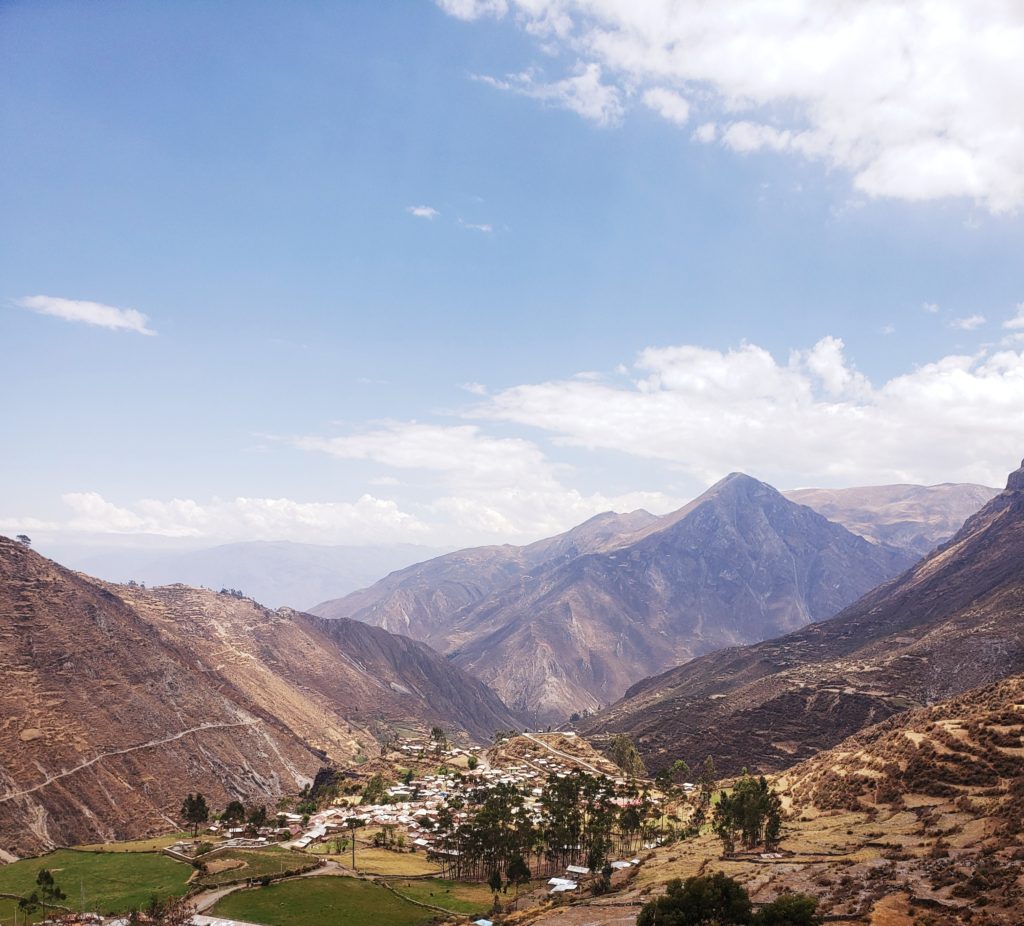
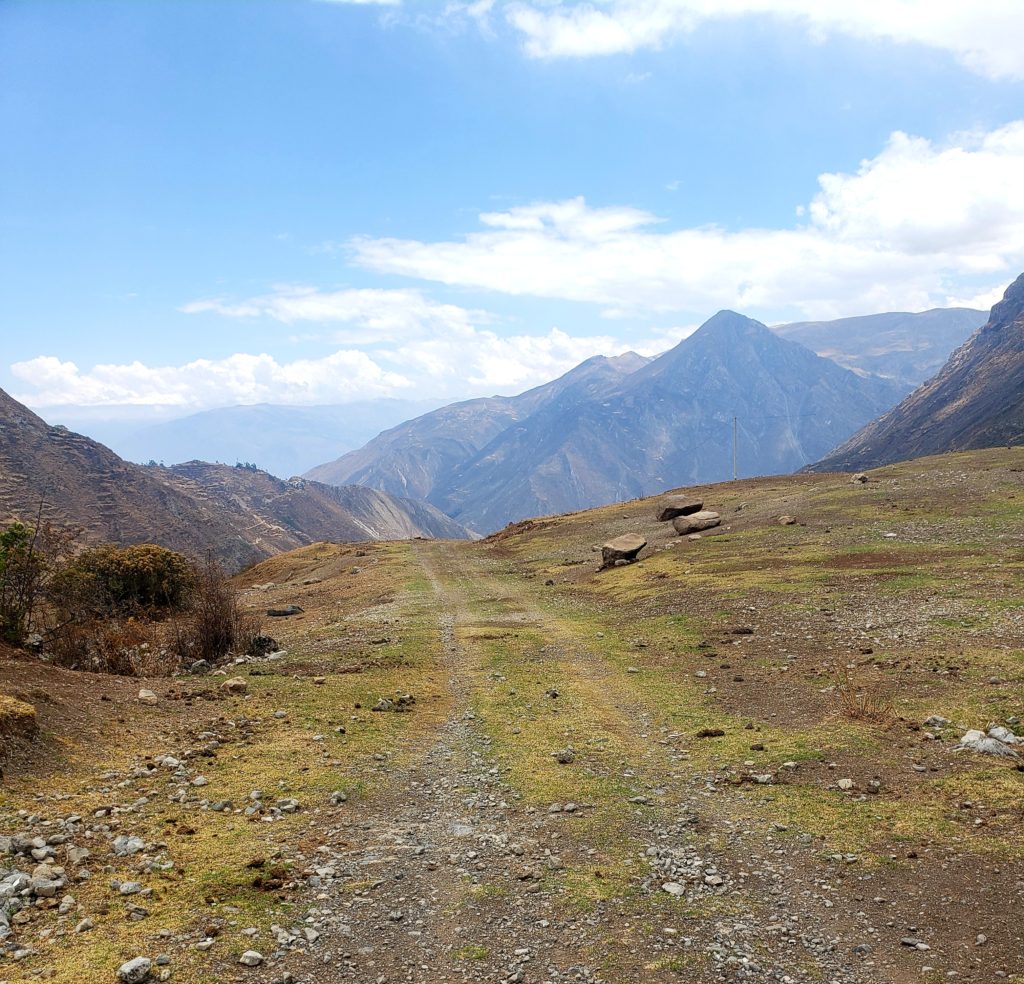
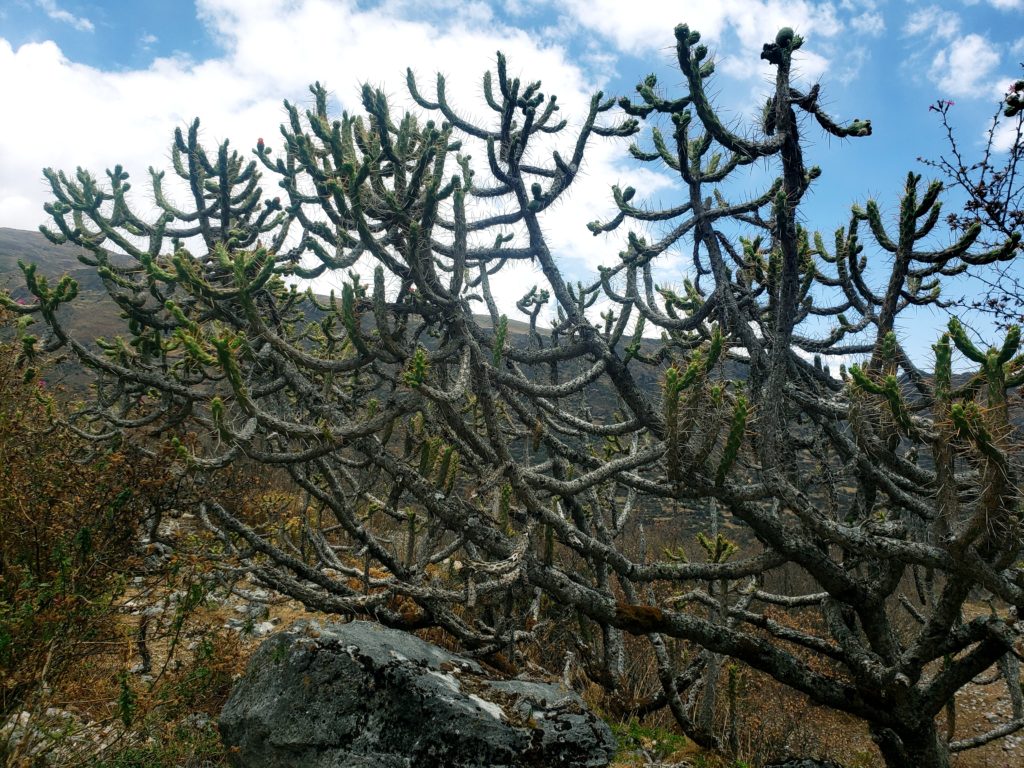
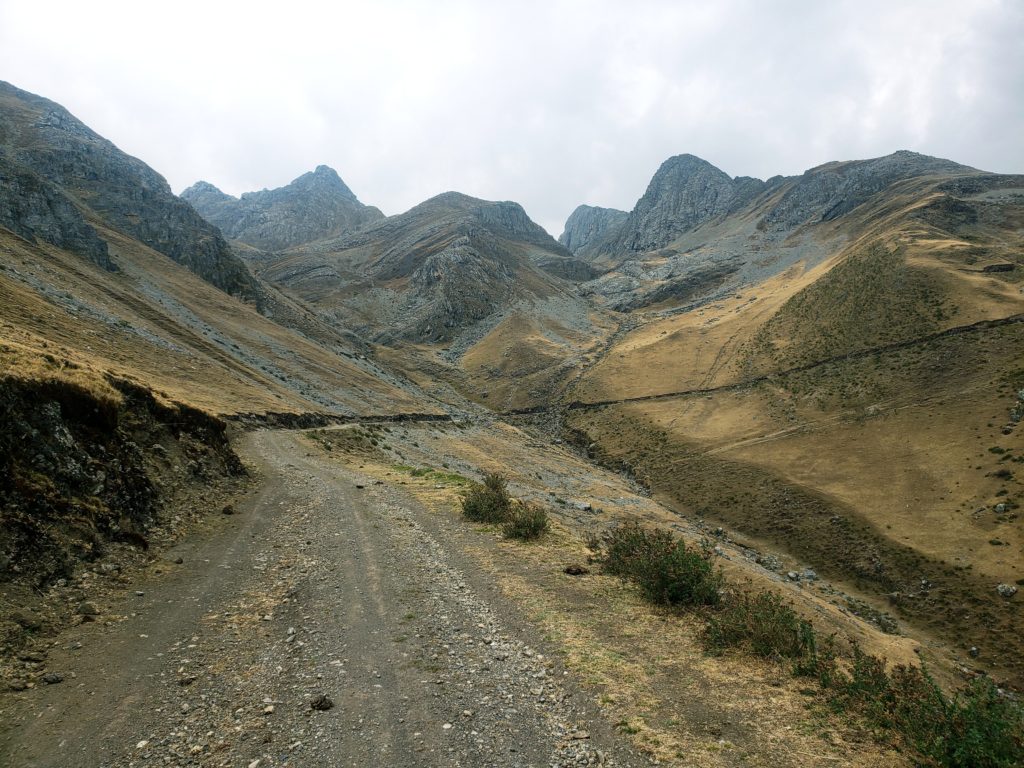
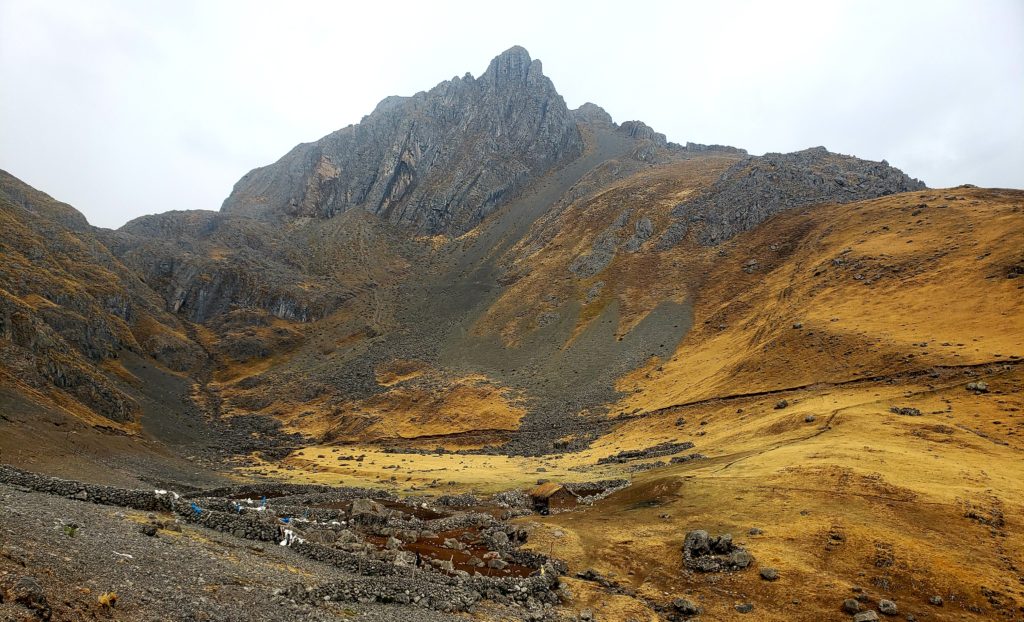
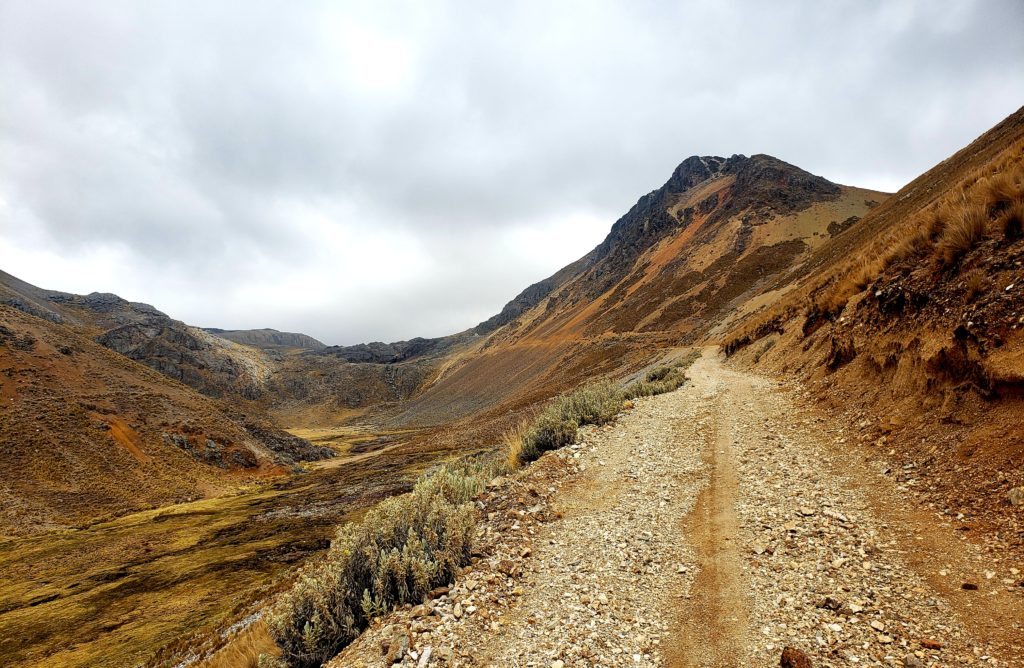
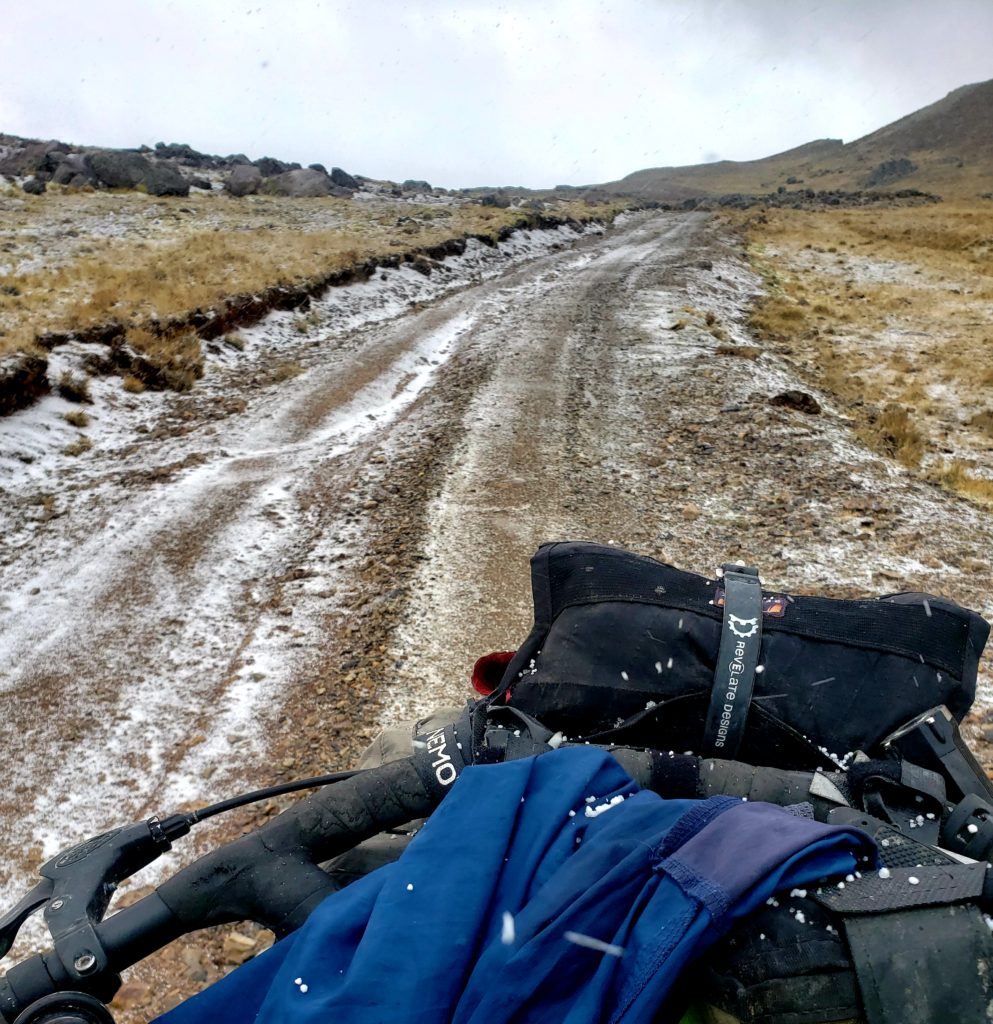
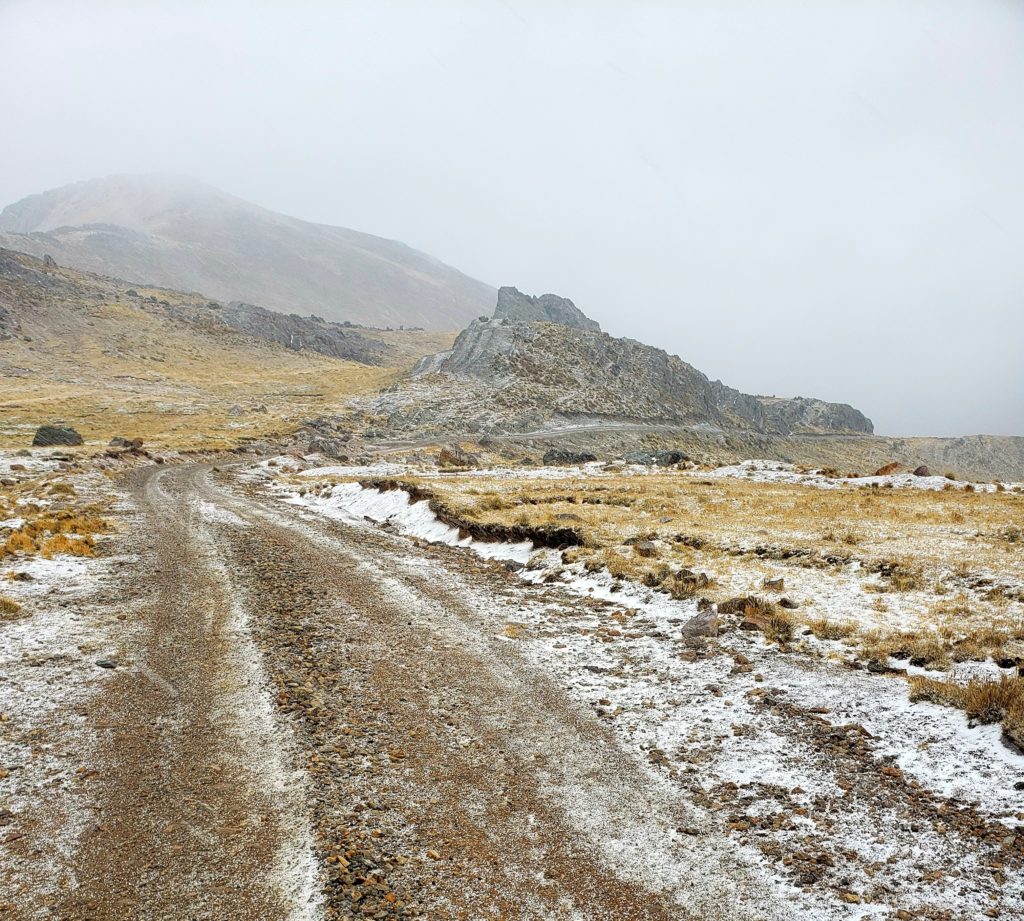
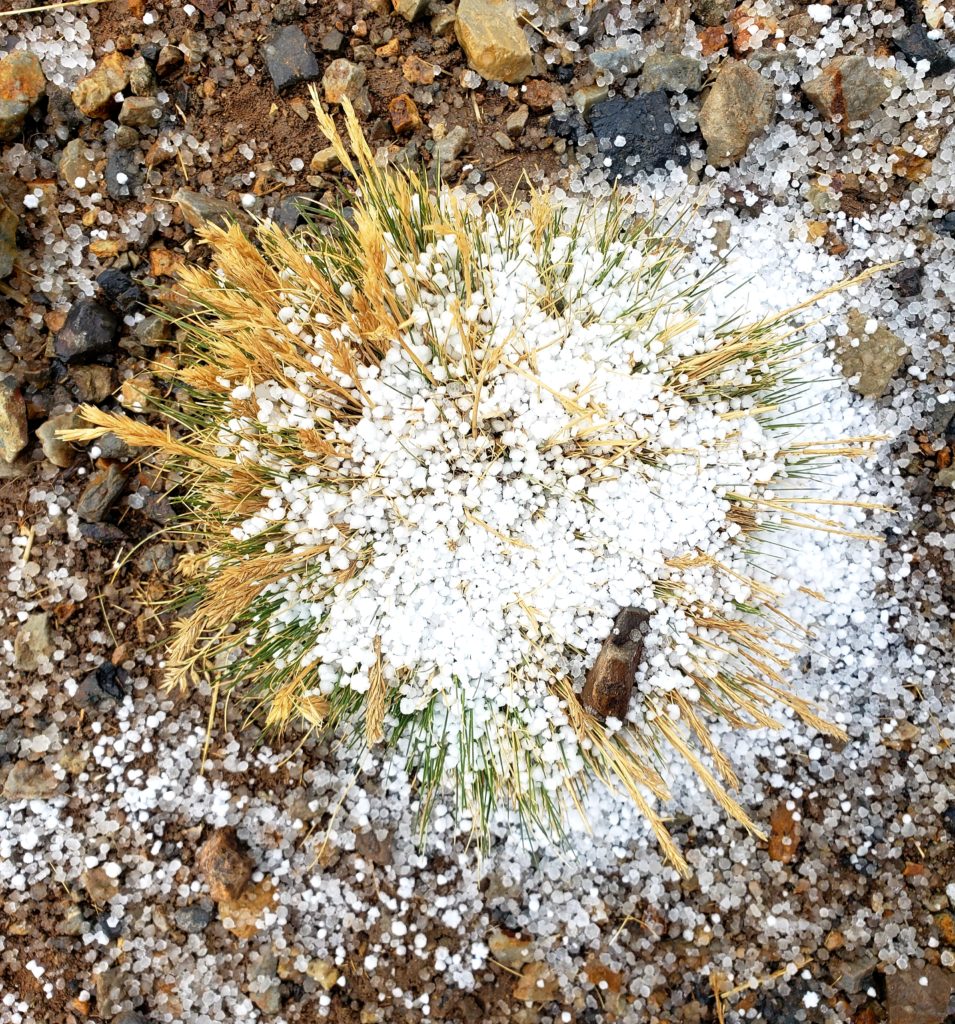
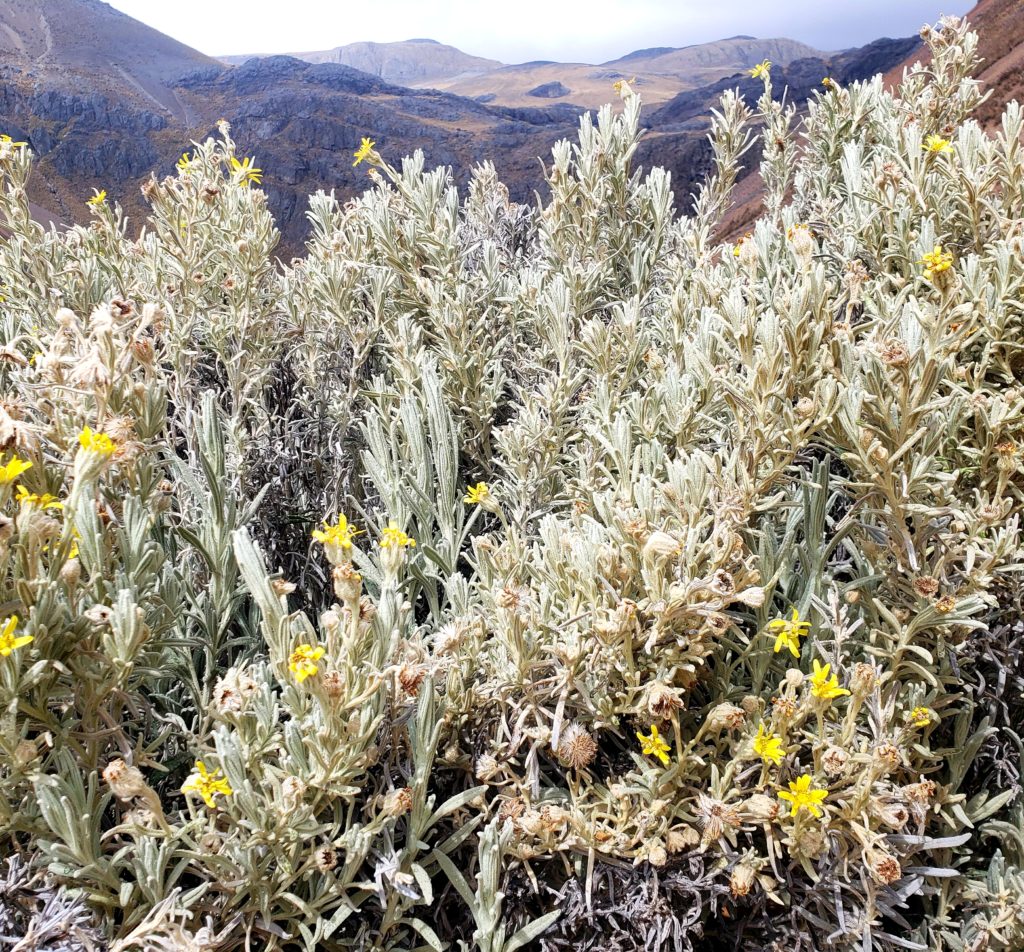
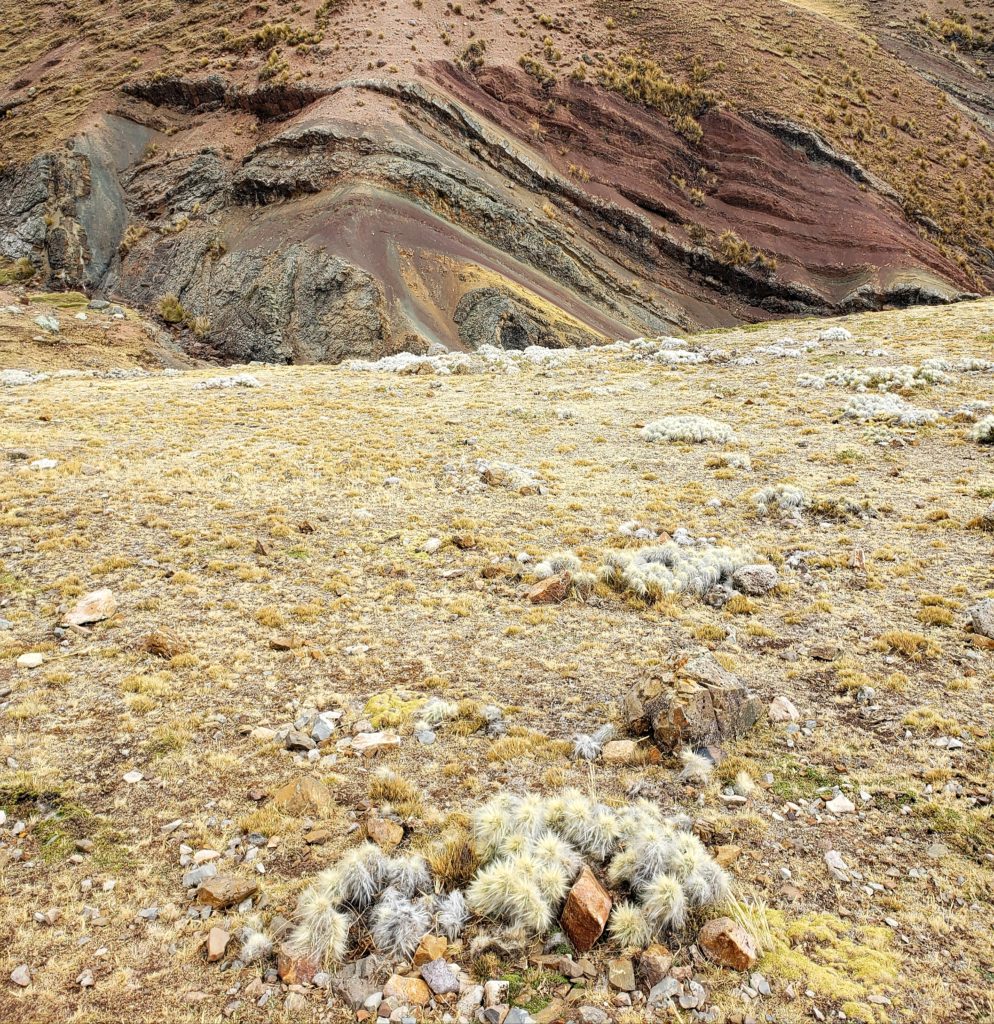
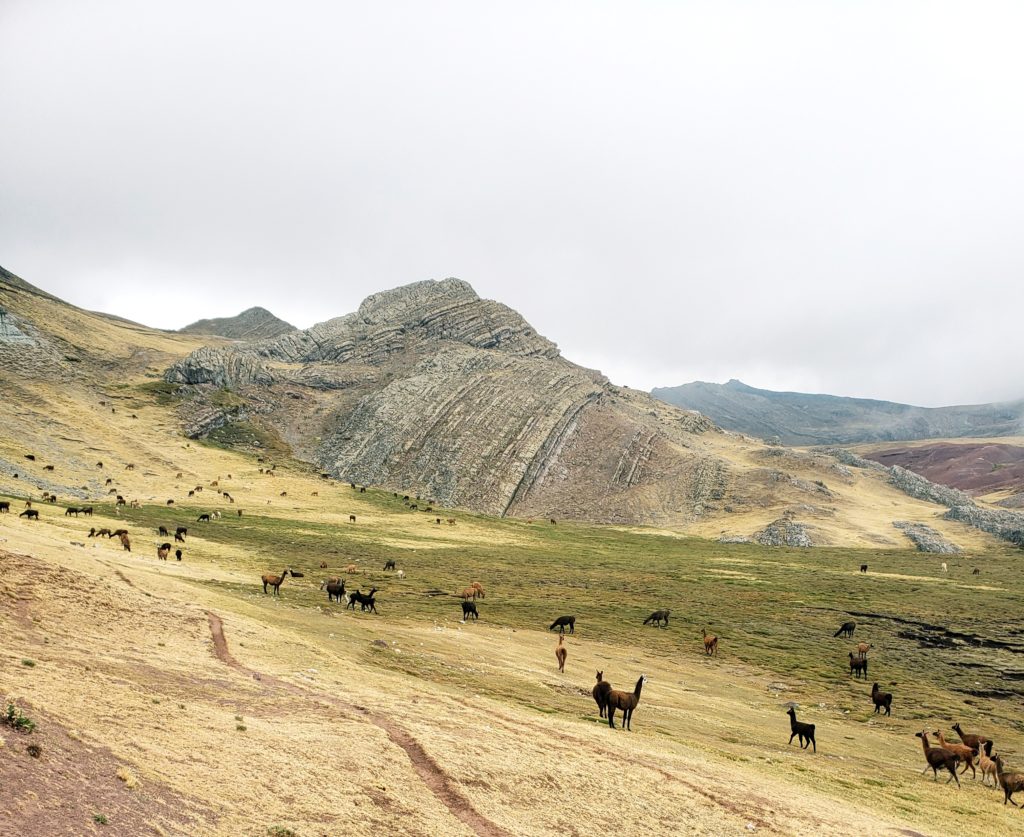
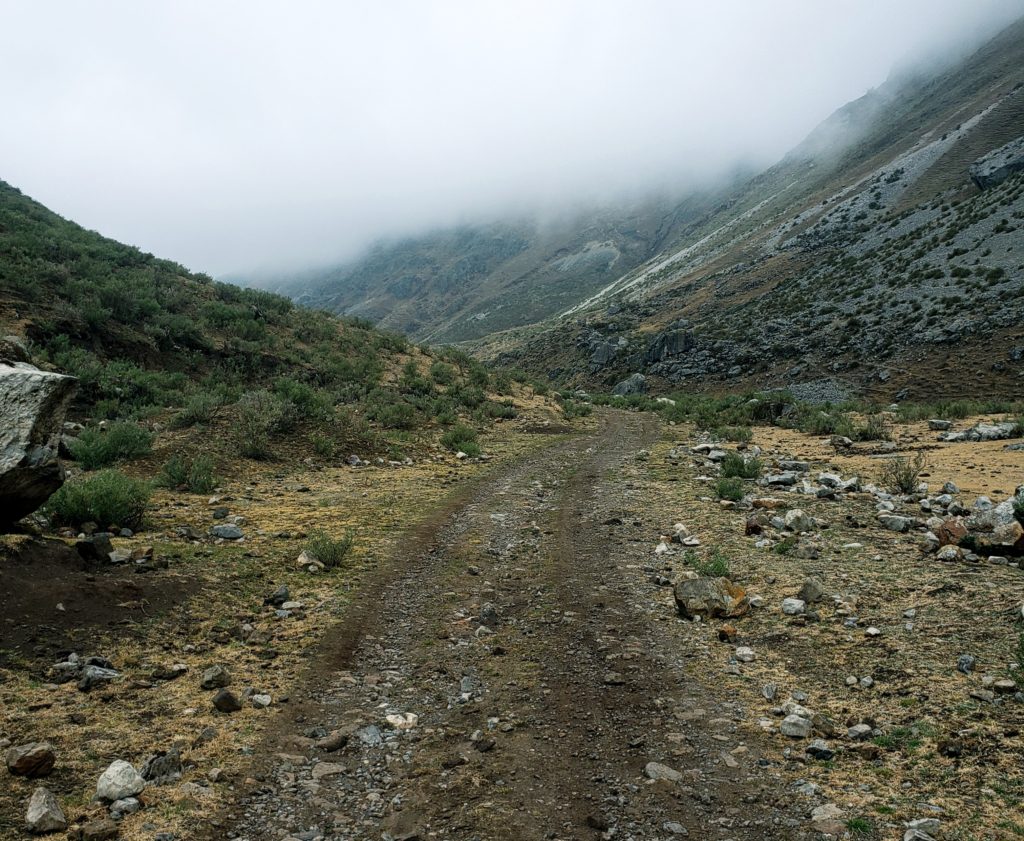
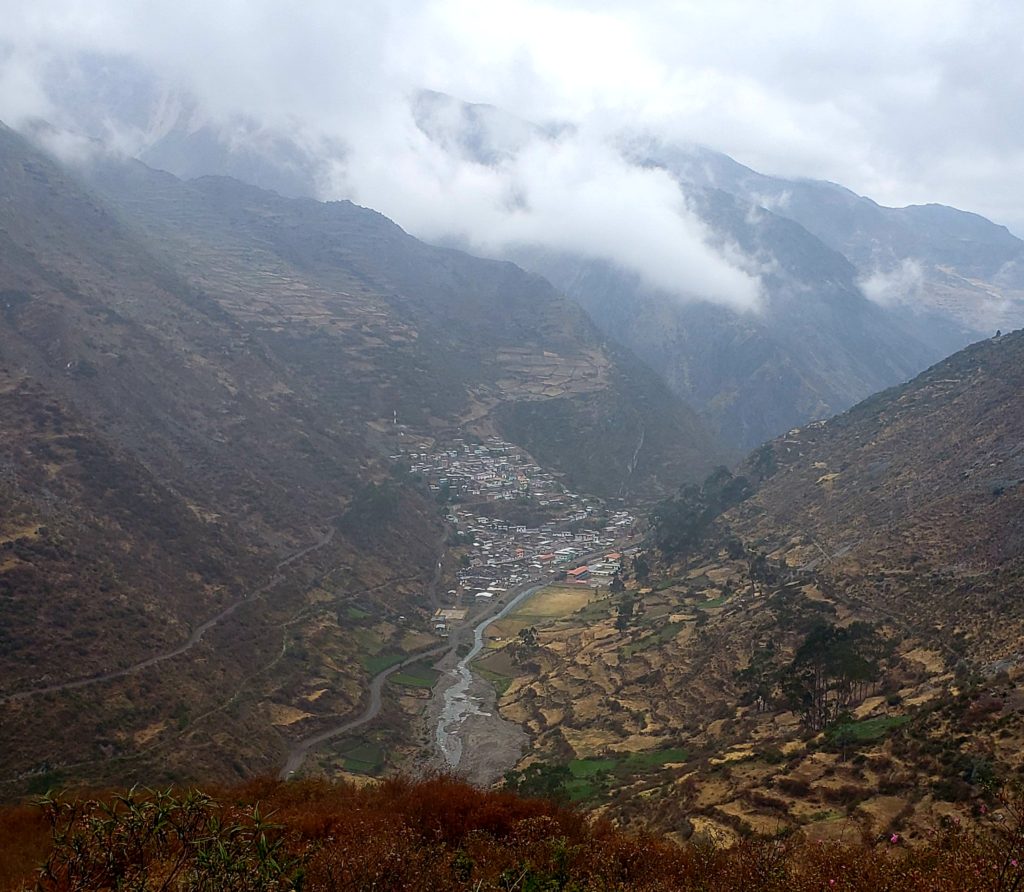
Archives
Calendar
| M | T | W | T | F | S | S |
|---|---|---|---|---|---|---|
| « Mar | ||||||
| 1 | 2 | 3 | 4 | |||
| 5 | 6 | 7 | 8 | 9 | 10 | 11 |
| 12 | 13 | 14 | 15 | 16 | 17 | 18 |
| 19 | 20 | 21 | 22 | 23 | 24 | 25 |
| 26 | 27 | 28 | 29 | 30 | 31 | |